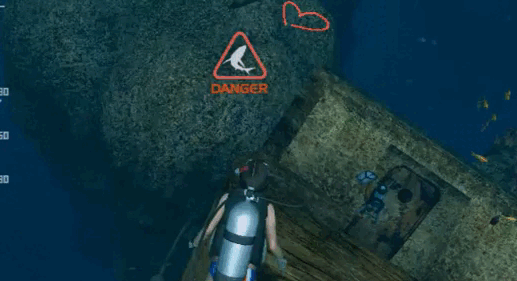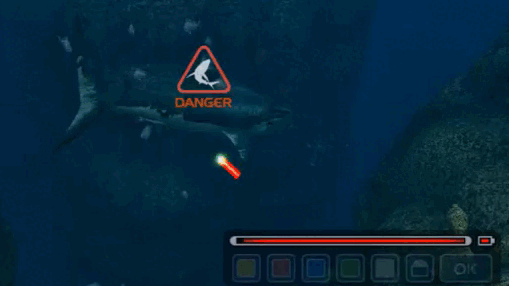#cw shark
Text
🐋🐡 Whale Shark Stimboard 🦈🩵
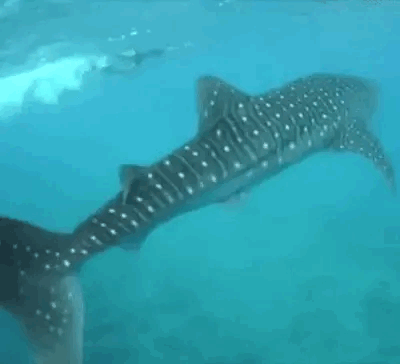
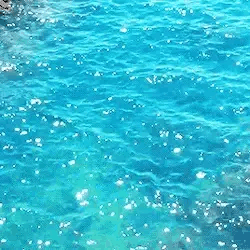
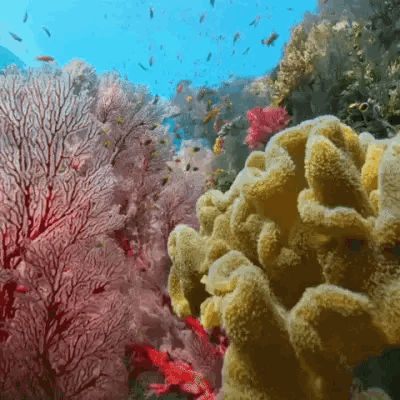

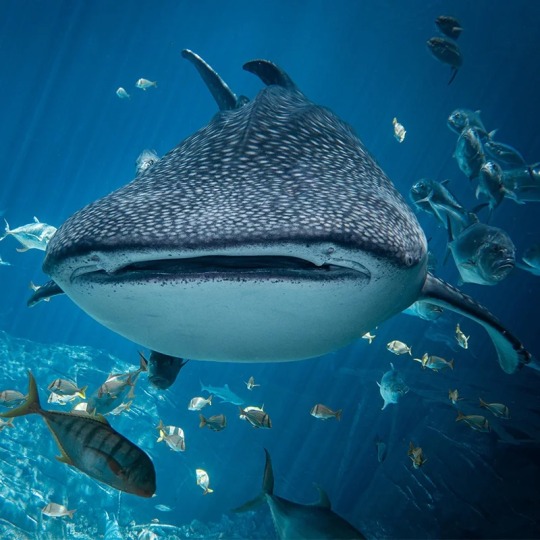
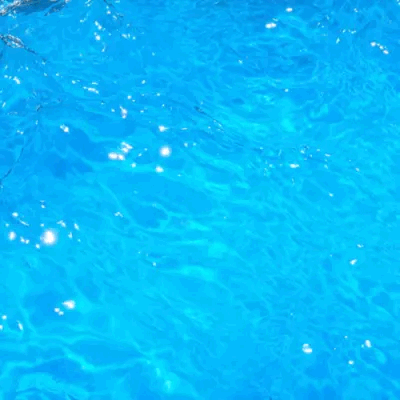

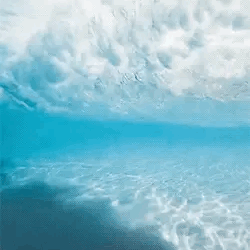

🦈 🐠 🦈 • 🐠 🦈 🐠 • 🦈 🐠 🦈

#tw shark#cw shark#shark#whale shark#whale shark stim#shark stim#shark stimboard#ocean stimboard#ocean stim#water stim#water stimboard#tw thalassophobia#thalassophobia#agere stimboard#agere#sfw agere community#sfw agere#sfw age regression#age regression#safe agere#age regressor#sfw regression
476 notes
·
View notes
Text
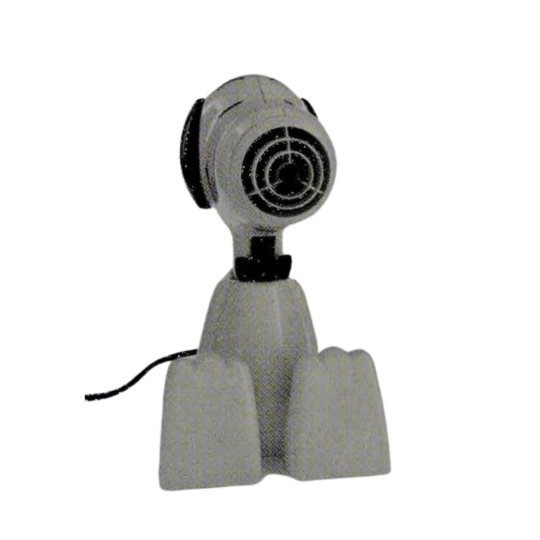



Images from Collectibles : price guide 2007 by Miller, Judith
#collage#collage material#art#magazine#art materials#kidcore#1980s#1990s#80s#90s#toys#shark#jaws#cw shark#snoopy#tigger#winnie the pooh#peanuts#Charlie brown
235 notes
·
View notes
Text
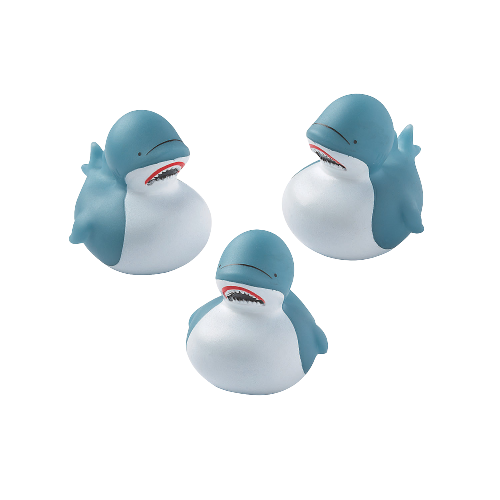
Shark Rubber Ducks
#png#transparent#kidcore#nostalgia#nostalgiacore#toycore#toywave#toys#vintage#rubber duck#shark#sea#marine#cw shark
121 notes
·
View notes
Text


fuck
#REBLOGS >> LIKES#clone high#topher bus#ch topher bus#ch confucius#shitpost#my art#gun#cw gun#tw gun#shark#cw shark#tw shark#cw blood#tw blood#blood
108 notes
·
View notes
Text
Odell Down Under (Windows 3.1, MECC, 1994)
The direct-control sequel to the classic educational game Odell Lake, trading multiple-choice options for direct control. You can play it in your browser here.
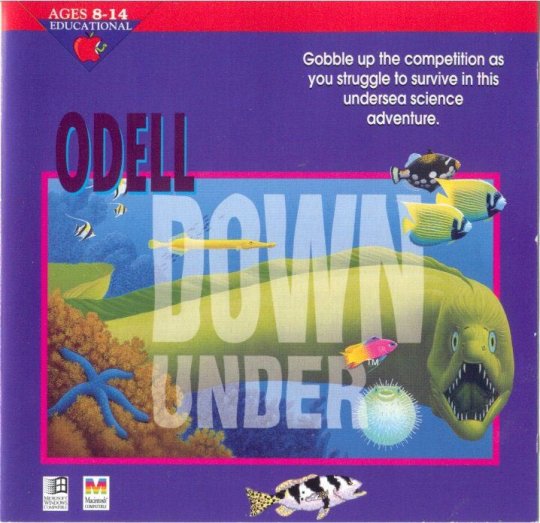

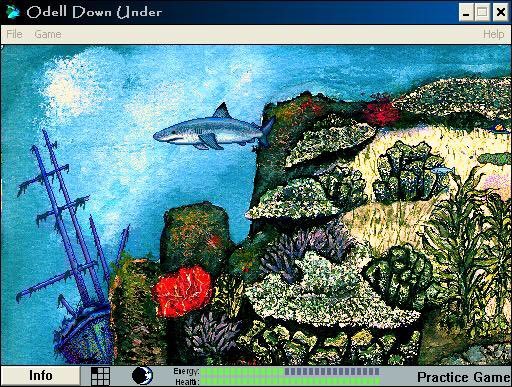
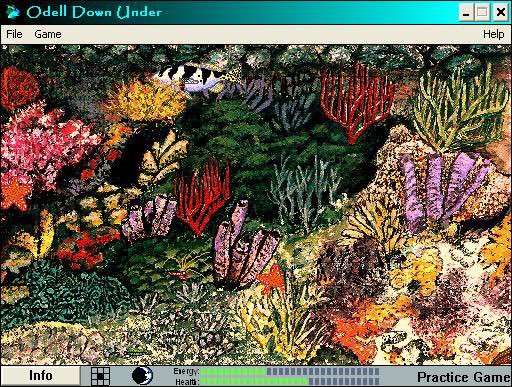
#internet archive#in-browser#windows 3.1#game#games#video game#video games#videogame#videogames#computer game#computer games#obscure games#educational games#fish#shark#tw shark#cw shark#australia#great barrier reef#1994#1990s#90s
22 notes
·
View notes
Text

Tommy suggested that Pyro would die from a shark attack. They did not know about the Pyro shark play style saying this.
#my art#digital art#cartoon#cartoon gore#tw cartoon gore#tw shark#tf2 pyro#pyro tf2#team fortress 2#team fortress fanart#tf2#tf2 fanart#pyro team fortress 2#tw eyestrain#cw eyestrain#cw cartoon gore#cw shark
15 notes
·
View notes
Text



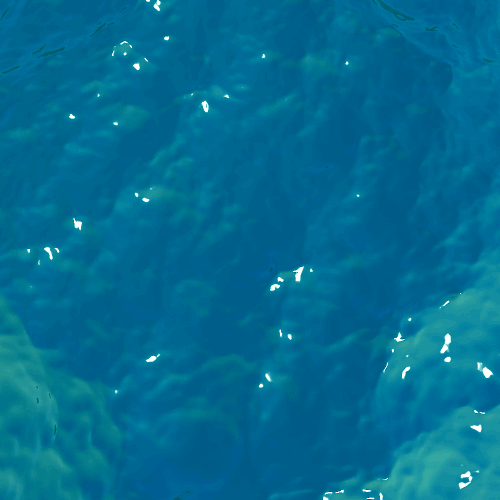





2 notes
·
View notes
Text

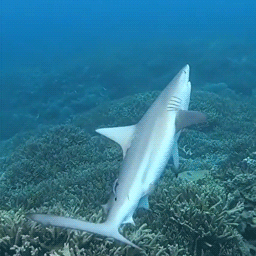



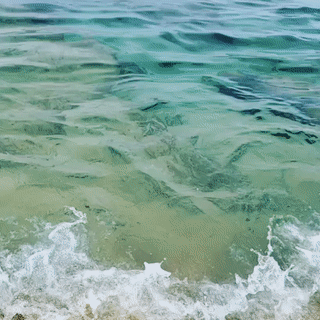



x / x / x
x / x / x
x / x / x
requested by a friend
15 notes
·
View notes
Text

wikipedia is a gem
142K notes
·
View notes
Text

For those of us who have seen the Meg, we know about the dog, Pippin.
Content warning for Sharks.
I understand they're scary.
And in the post credit scene we see that it survived going into the Meg's mouth.
And everyone was like ???????
I have a theory.
I'm watching a documentary series called Inside Narures Giants (which if u like "how do animals work" and are ok looking at dissected animals/a lil amount of gore, I do recommend it. They did a whole bunch of animals and a lot of the episodes are on YouTube)
I'm on the Great White Shark episode.
And they show some footage of inside a sharks mouth to show that you can see the gills from the inside of the mouth.


You see those slits? The light on the outside? That's the ocean.
(Some more footage they made of how the gills work)


And my first reaction was "hey, if I was small enough, or if the shark was big enough I'd be able to just slip through those gaps.
And then I remembered Pippin the dog from the Meg.
And how big Pippin is in relation to the Meg

I suggest that she was so small compared to the Meg, that she was just swept out of its gills immediately.
I don't know if that's what the film makers were thinking or if they even thought out how she survived.
But I think this is how.
#yes im autistic#the meg#pippin the dog#sharks#cw shark#shark#nature is so interesting#inside natures giants#documentary
1 note
·
View note
Text


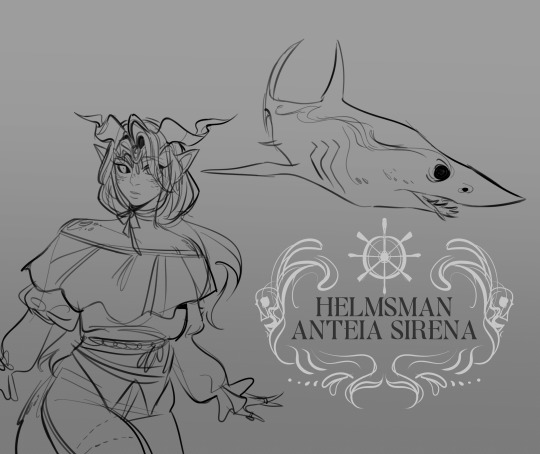




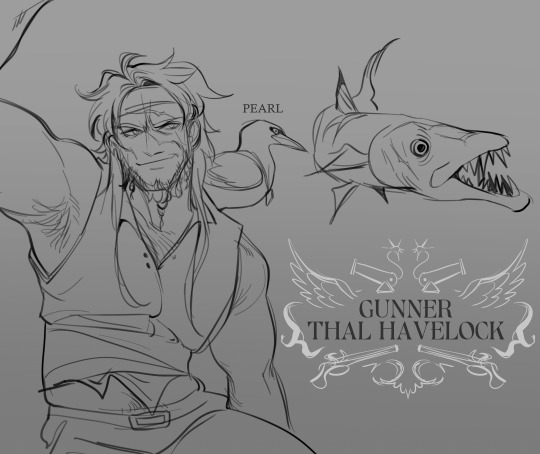


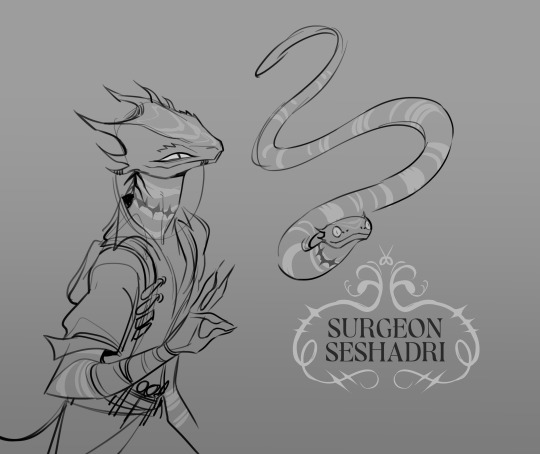
designed a whole pirate gang for meri!!! the crew of my darling scorned.
2K notes
·
View notes
Text
Wet Beast Wednesday: basking shark
I'm not feeling too motivated today, so, I'm going to discuss another animal that likes to take it easy: the basking shark. This shark decided it's not into that whole "hunt down prey and fight to live" thing and decided to become a filter feeder instead. It seems to have worked out too, as basking sharks can be found worldwide and are the second largest fish, surpassed only by the whale shark. There is only one extant species of basking shark, but a few extinct species have been discovered.

(image id: a basking shark seen from the side. It is a large, brown shark with a large head and pointed snout. Its mouth is closed)
Cetorhinus maximus is one of only 3 species of filter-feeding shark, the others being the whale shark and the awesomely-named megamouth shark. Basking sharks average 8 meters (26 ft) in length, but can reach up to 11 meters (36 ft). An average adult weighs around 4650 kg (5 tons). They have a typical shark body shape (which has led to them being mistaken for great white sharks), but the mouth anatomy is different. The mouth can open up to a meter wide and appears toothless, though it is actually filled with tiny, conical teeth that appear to serve no purpose in adults. The gill slits are longer than in most shark species and almost completely encircle the head. Like other filter-feeding fish, the basking shark's gills are also used to catch its food. It swims forward with its mouth open and as water passed over the gills, zooplankton and small invertebrates and fish will get caught in the gill rakers, from where they can be swallowed. The basking shark's favorite food is copepods of the order Calanoida, though they will also target other copepods. They can detect their prey with electroreception like other sharks. Because plankton is not known for being fast and adult basking sharks have no natural predators, they aren't known for being particularly speedy. A basking shark on the hunt moves at a blistering 3 km/hr (1.9mph). They can move in fast bursts of speed and occasionally can jump clear out of the water. It's not 100% clear why they breach, but it seems to have a few benefits. It can help dislodge parasites (which is a big issue for basking sharks. They are often covered with scars from lampreys and cookie-cutter sharks) and notably they breach more during mating season, so it may also be used for sexual display. Breaching and the resulting splash may also be used for long-distance communication and threat displays. I remember being a kid watching Shark Week and being told by the TV that great whites are the only shark species that breach and that was just not even remotely true. The basking shark has the lowest brain to body weight ratio of any shark.
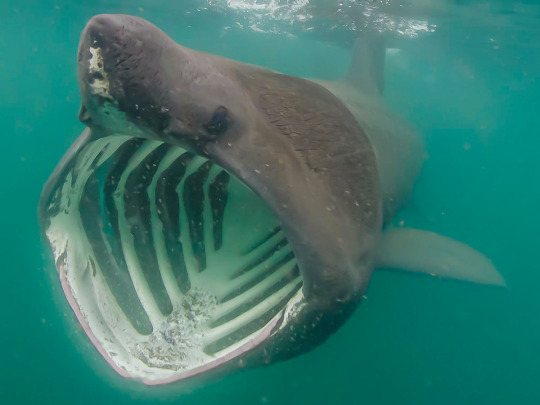
(image id: a basing shark seen from the front with its mouth open. The mouth is very large and white on the inside. Its gill slits can be seen from the inside, looking like large slits in the side of the mouth)
youtube
(video: a basking shark leaping out of the water multiple times)
The name basking shark comes from their typical behavior. They swim slowly at the surface of the water while feeding, leading to sailors thinking they were basking in the sun. They were commonly called sunfish, but the name is no longer commonly used to avoid confusion with the ocean sunfish. While swimming at the surface, they sometimes spin around or swim belly-up. Basking sharks are migratory, traveling toward the poles in summer and toward the equator in winter. It was formerly believed that they hibernated over the winter, but it is now known that they spend their time in deep water. While migrating and in summer, basking sharks display social behavior. They will shoal in groups hundreds strong and can often be found in small groups of similarly-sized fish, usually of the same sex. Not much is known about basking shark mating. They are ovoviviparous, with eggs hatching internally and developing further inside the mother before the pups are born. Gestation is believed to take between 1 and 3 years and a few large pups are born at a time. Pregnant females are very rarely seen and they may spend their time in deep water. There is only a single reported example of a pregnant female being caught and it has 6 pups. The seemingly useless teeth may actually be used in utero, as the unborn pups likely feed on unfertilized eggs after their yolk sacs are consumed. This adaptation has been observed in other ovoviviparous sharks. While females have two ova, only the right one actually functions. The lifespan of basking sharks is estimated to be around 50 years.
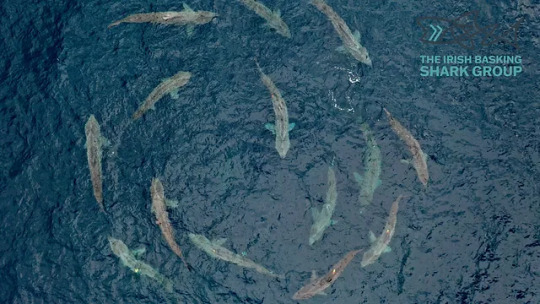
(image id: a group of 14 basking sharks swimming in a circle, seed form above. It is believed that this is a mating display)
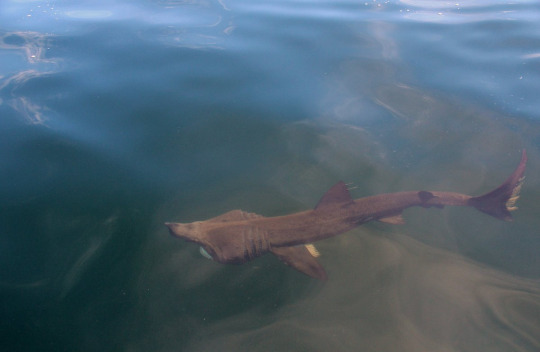
(image id: a juvenile basking shark seen from above. It can be distringuished from an adult by the snout, which is sharp and hooked)
Basking sharks are classified as endangered by the IUCN. They has historically been hunted for their meat, hides, fatty livers, and fins. While there is currently no commercial fishery of basking sharks, they are poached for their fins and have not recovered from overexploitation. Bycatch is an ongoing problem for the sharks. Multiple countries have enacted conservation efforts including legal protection and the enactment of protected areas where fishing is prohibited. Basking sharks pose no threat to humans. They also do not fear humans and have even been known to approach and swim around divers. Basking sharks also appear a lot in the pseudoscience of cryptozoology. I can go into why cryptozoology is a pseudoscience in more detail in another post, but its the study of alleged animals not recognized by science. Basking sharks show up a lot as globsters, unidentified corpses that wash up on beaches or are caught in fishing nets. Basking sharks are responsible for a lot of globsters due to the way their corpses decay. Large amounts of decay happen around the head, which can lead to the mandible bones hanging loose or detaching and the snout decaying to look like a small head on a neck. In addition, the claspers (reproductive organs) of male basking sharks are very large and can be mistaken for limbs. One likely example of this is the Stronsay beast of 1808. Described as a six-legged decaying sea serpent, it is likely that the legs were actually the jaw bones, fins, and claspers of a male basing shark. A more recent example is the Zuiyo-Maru plesiosaur (warning: picture below and it's gross). This carcass was pulled up by the Japanese fishing boat Zuiyō-Maru in 1977 and based on the pictures taken and the word of two Japanese scientists, was thought by some to be an example of a recently-deceased plesiosaur. While the carcass itself was thrown back overboard, some samples were taken for analysis and based on them and anatomical detains from the pictures, it was concluded that the carcass is actually a heavily-decayed basking shark. The "neck" of the carcass is the spine and brain case with the jaws having decayed and fallen off. Further anatomical details such as the presence of cartilage in the fins and body proportions support the carcass being a fin and do not support it being a plesiosaur.
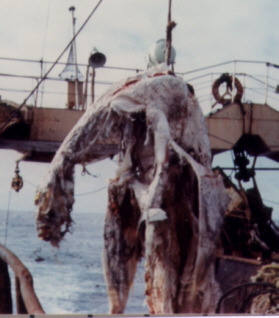
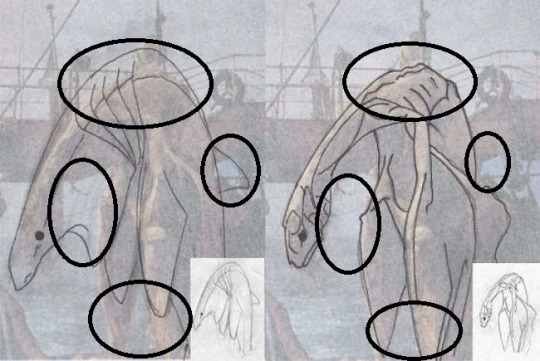
(Image id: top: the Zuiyo-Maru carcass, a large, decomposed carcass hanging rom a hook. It appears to have a long neck and fins. Bottom: a diagram comparing the anatomical features of the carcass and a fresh basking shark)
#wet beast wednesday#basking shark#shark#sharks#fish#fishblr#fishposting#marine biology#biology#zoology#ecology#animal facts#cryptozoology#cryptid#zuiyo-maru plesiosaur#cw animal death#cw dead animal#Youtube
278 notes
·
View notes
Text
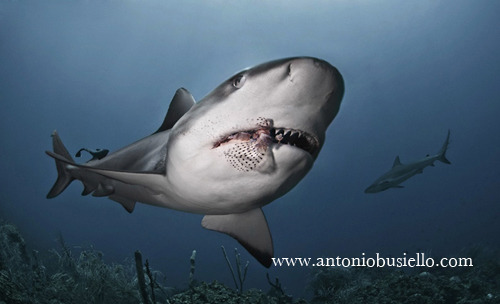
Usually, sharks don't have much interest in lionfish--this is due partially to their venomous spines, but also to the fact that the sharks don't recognize the nonnative fish as prey. The lack of predation by native predators like sharks is part of what makes lionfish such a damaging invasive species.
However, sharks became more interested after spearfishermen working to cull invasive lionfish started feeding the fish they were killing to nearby sharks. After receiving many lionfish "handouts", the fishermen observed sharks hunting and eating lionfish on their own.
This spurs hope that sharks could be "taught" to view lionfish as a viable source of food and contribute to limiting their numbers.
#cw animal death#shark#marine conservation#reef conservation#biodiversity#endangered species#invasive species#lionfish#fishing#good news#hope#environment
484 notes
·
View notes
Text

#upload#me#piercings#angel bites#snake bites#shark bites#cyber bites#medusa#labret#cw blood#my piercings
168 notes
·
View notes
Text
“Dearest, you’ll waste it like that. Come closer~”

For Tianyueary Day 6: Querencia - A place where you are your most authentic self, feel safe and at home or draw your strength from
Get it because he’s a vampire and he feeds on blood H a
#there’s a fic that shark wrote of vampire Yqy and the headcanons that go with it drive me insane#the lore is good and the fic is delicious and I love it so much#tianyue#tianyueary24#tianyueary#svsss#svsss fanart#yue qingyuan#tianlang jun#suggestive#cw blood
86 notes
·
View notes

